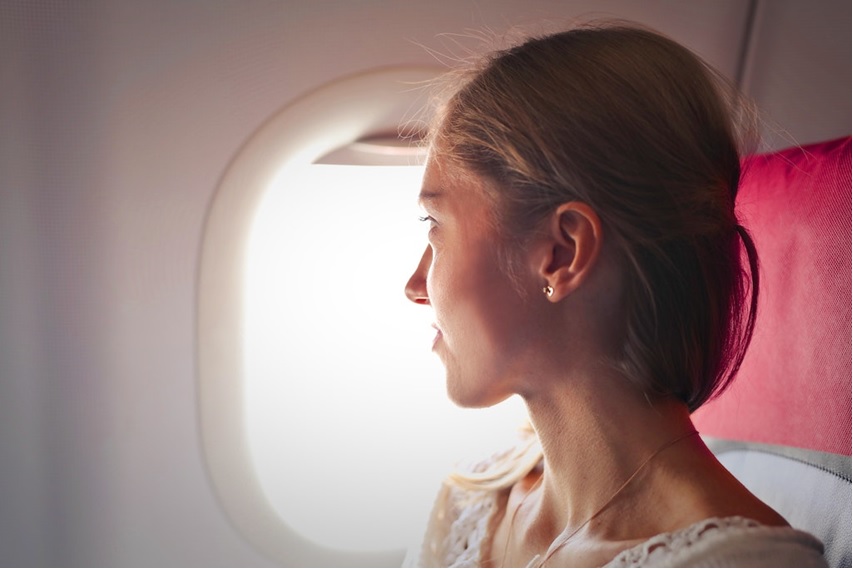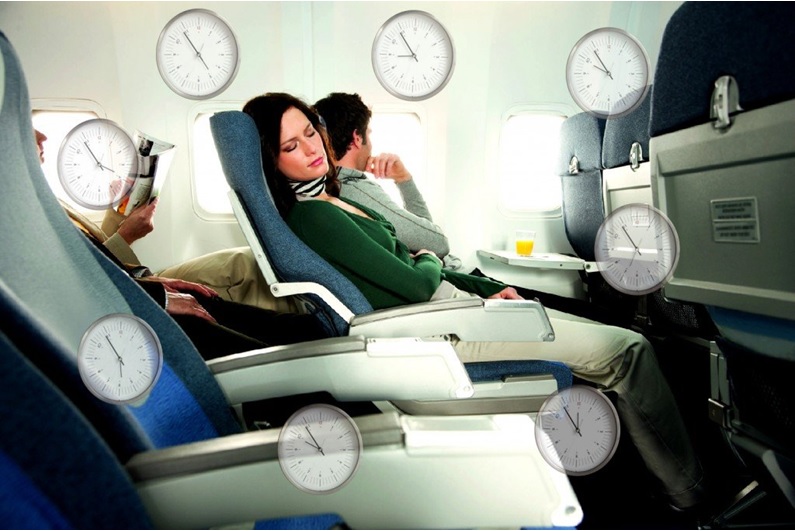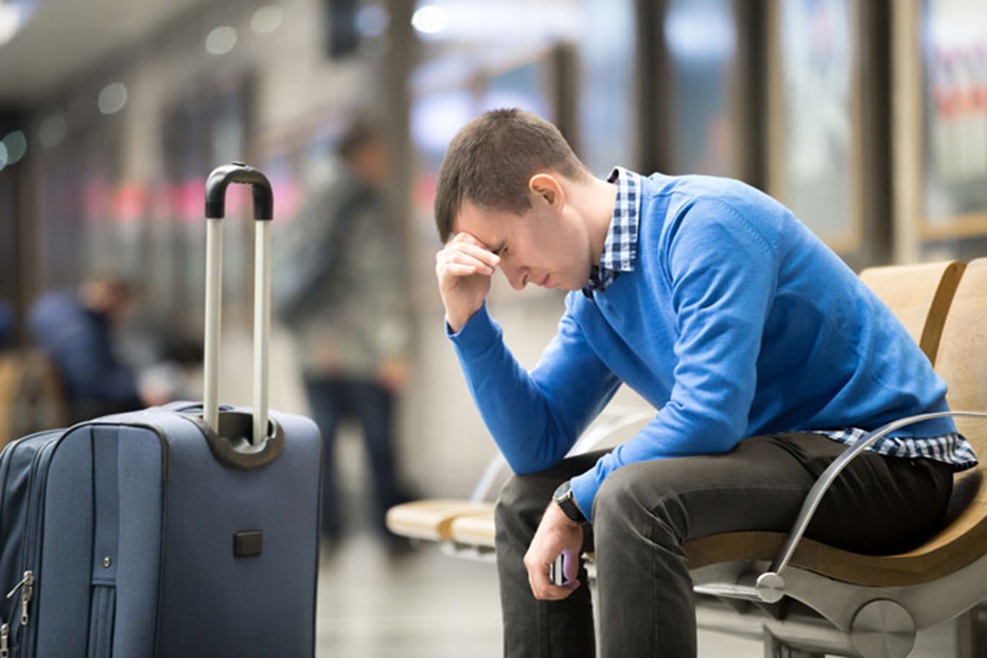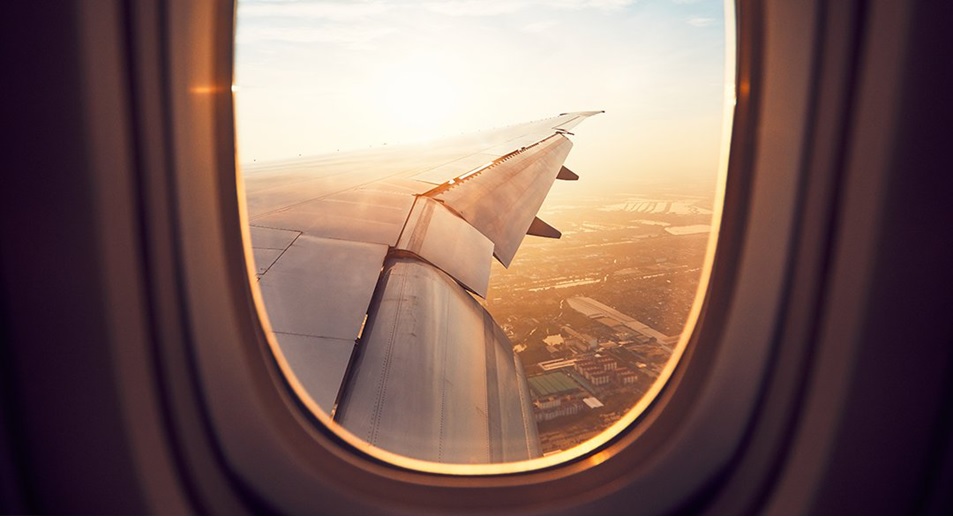How To Reduce The Incidence Of Jet Lag And Maintain Your Circadian Rhythm

Jet lag is one of those side effects of flying that often make me reconsider many travels. Sure I’ve had some disturbed sleep even without getting on a plane, but jet lag combines a variety of side effects that are just horrible. Apart from the apparent fatigue, you have trouble concentrating, terrible mood swings and disturbed sleep patterns. As you are aware, jet lag is not a good feeling. Many of you are here because you want to find out how you can contain jetlag and save yourself exhaustion, insomnia, and constipation that come with it.
But first, let’s take a quick look at what it is and who is at higher risk of being jet lagged.
What it is
Jet lag is a consequence of upset circadian rhythms due to traveling. These are rhythms that help regulate sleep. They dictate your sleep-wake cycles. Because of these rhythms, your body can circulate between being asleep and being alert. When you travel long distances across time zones, you’re put at risk of experiencing jet lag. Your body is already operating on its internal clock, and it will be difficult to make a switch to accommodate these new times. However, once your body loses synchrony to the previous time zone and adapts to this new one, the jet lag wears off.
Who is at risk of getting jet lag?

Basically, anyone traveling across time zones may experience jet lag. However, people who travel frequently are the most immediate victims of jet lag. Because they are always traveling and moving, their bodies do not have time to adjust to the difference in time. Additionally, it is easier to be jet lagged when flying east as compared to west. Older people are not necessarily at a more significant risk of being jet-lagged, but suffer longer the consequences of jet lag as compared to younger individuals.
The major causes of jet lag
Lights can be your friend or your enemy. Depending on how you expose yourself to bright natural light, you may be able to either induce or control the occurrence of jet lag. When light exposure is high, your brain is alerted that it is day time and very little melatonin is produced. When exposure to light is low, signals tell your be=rain that it is time to boost melatonin production. This is the hormone responsible for directly controlling the sleep-wake cycle.
Disrupted circadian rhythms are the leading cause of jet lag. Crossing time zones does not give your body the chance to adjust and accommodate these new times. By the time you arrive at your destination, your body still functions at the already established internal clock. If you are not careful an intensely disrupted cycle could ruin several initial days of your travels.
How to prepare for and minimize jet lag

Rest before departure
Before any major flight, you should ensure you are well rested. This is not only for pilots but also for passengers. A good night’s sleep will keep you refreshed. It isn’t such a great idea to start your journey when tired or sleep deprived. Many of us do not travel to places with the same conditions as their bedrooms. Therefore, you should maximize on the time you have and ensure you get as much rest as possible. Don’t have an appropriate mattress? Amerisleep mattress are an excellent choice to ensure you are relaxed and rejuvenated for the journey ahead.
Adjust before you go
Apart from resting up, you may have to start conditioning your body to adapt to the new day-night schedule of your destination. You can incorporate this change by altering your bedtime bit by bit until you are roughly adjusted to the expected times. If you are traveling east, you are more likely to experience jet lag. Try going to bed an hour or thirty minutes earlier than usual until you achieve a rhythm suitable for your destination.
Bonus tip: try taking your meals in this adjusted time so that all your systems are prepared for the change.
Regulate light exposure

The circadian rhythm is operated on exposure to light. You can, therefore, regulate your exposure before you take the trip. This is an excellent way to make your body sensitized on the difference in bright lights. Understanding how far you’re traveling will help you predict the difference in time and establish a routine to expose yourself to light at correct destination times. If you’re not up for time zone mathematical prediction, try searching the internet for the approximate time of your destination while still at home. This way, you may expose yourself to light when you expect to wake up and maintain dark conditions when destination times call for it.
Hydrate
Drinking plenty of water is one way to mitigate the effects of jet lag. Consuming coffee or other caffeinated beverage is not the best idea for jet lag. These stimulants make the effects of jet lag worse. Additionally, such drinks continue to dehydrate you during your travels. Because of the stimulatory effect, caffeine may keep you throughout that night flight even though the plan was to get some shut-eye.
Fun fact: cabin air may be somewhat dehydrating. Drinking plenty of water will help you maintain your hydration levels.
Sleep on the plane

If your flight is scheduled for during the night, you could sleep on the flight to make sure you stick to your sleep schedule. If you must, bring along your eye masks or favorite teddy bear to cuddle as you sleep. However, if your flight is scheduled for daytime hours, you mustn’t fall asleep on the plane. An overly long nap or sleeping session will cause sleeplessness during the night. You could keep yourself busy and watch a movie, read a book or converse with the person seated next to you.
Final word
Sure jet lag may affect most of us during log fight; there are several ways however you can either mitigate the effects of jetlag or avoid it all together these methods are ideal for adjusting your sleep cycle to suit your destination and ensure you do not suffer the hell that is jet lag.